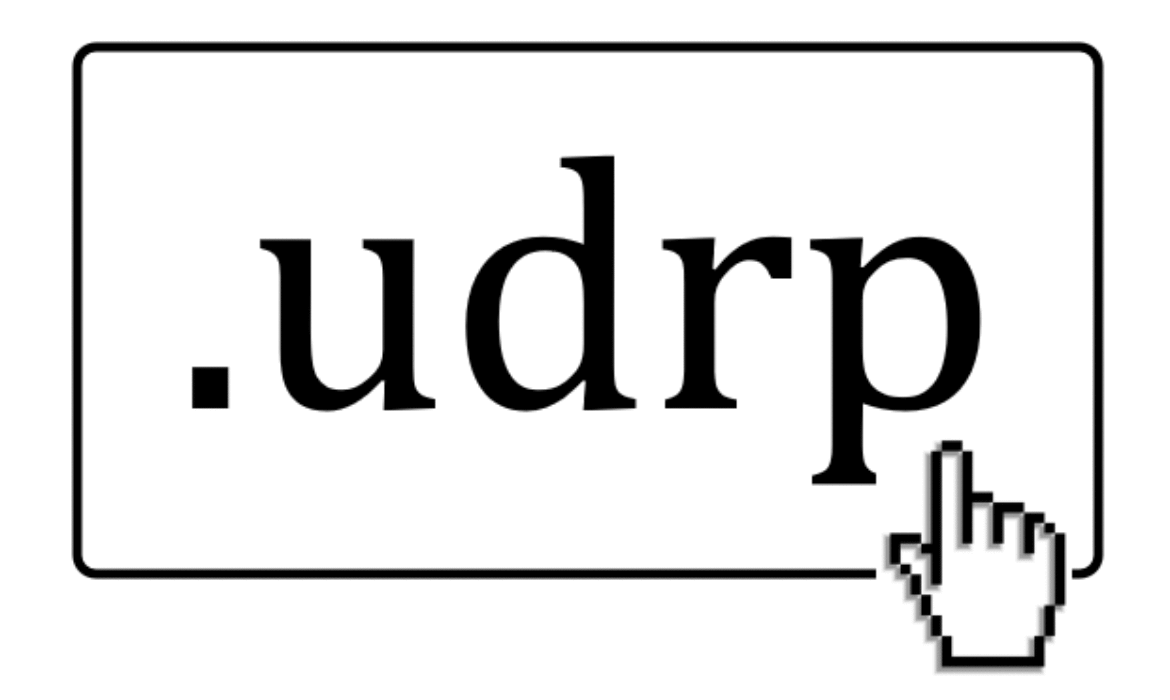Reverse domain name hijacking
Reverse domain name hijacking is no joke. IP owners often wrongly assume that because they hold a trademark, they have rights to the corresponding domain name.
There are many examples of brands taking an aggressive stance defending their perceived TM rights, challenging domain name registrations on the basis that they own the TM, and the domain name holder does not. Misinformed TM owners wrongly believe that because they have a trade mark they can enforce their perceived rights in domain names, without understanding domain policy and the rights of domain name holders.
Reverse domain name hijacking occurs when a trademark owner attempts to secure a domain name through the UDRP by falsely making claims of cybersquatting against a domain name owner. Circumstances which have been cited by WIPO panels as justification for a finding of reverse domain name hijacking includes:
- When the registration of the domain predates any trademark rights of the Complainant.
- When the complaint has provided no evidence of bad faith registration or use directed towards the Complainant.
- Where the Complainant has used the UDRP as a Plan “B” option to attempt to secure the domain after commercial negotiations have broken off.
- Where the Complainant has attempted to deceive the domain owner or makes misrepresentations or fails to disclose material information to the panel.
These tactics are in breach of the rules, which clearly state that the complainant must certify that they are acting in good faith with reasonable argument and not harassing domain name owners.
“If after considering the submissions, the panel finds that the complaint was brought in bad faith, for example, in an attempt at reverse domain name hijacking, or was brought primarily to harass the domain-name holder, the panel shall declare in its decision that the complaint was brought in bad faith and constitutes an abuse of the administrative proceeding.” [Internet Corporation for Assigned Names and Numbers’ (ICANN) Rules for Uniform Domain Name Dispute Resolution Policy (Rules), Paragraph 15(e)]
Just visit https://www.rdnh.com and you will see hundreds of such cases.
Be careful when considering UDRP
TM owners should always check that their trademark predates the domain name registration (or acquisition) by the last registrant before proceeding with a UDRP complaint. Domain name disputes can be complicated to navigate and it is critical that all elements of a dispute are proven, especially with regards to bad faith in domain name disputes. Specifically:
(i) The Domain Name is identical or confusingly similar to a trade mark or service mark in which the Complainant has rights; and
(ii) The Respondent has no rights or legitimate interests in respect of the Domain Name; and
(iii) The Domain Name has been registered and is being used in bad faith.
It is always recommended that a domain name dispute expert be consulted with before lodging a UDRP complained. Brandsec partners with some of the best UDRP experts in the industry who have over a 98% success rate lodging over 5,000 complaints. We provide a free analysis prior to conducting any paid work and we will let you know what the likelihood of success is based on meeting the requirements outlined above.
About brandsec
Brandsec is a corporate domain name management and brand protection company that look after many of Australia, New Zealand and Asia’s top publicly listed brands. We provide monitoring and enforcement services, DNS, SSL Management, domain name brokerage and dispute management and brand security consultation services.
Contact us today for a free consultation.

